
Available 24/7
Available 24/7

We are often skeptical ko decide which veggies should we be growing to begin our own journey of 'growing your own food. With the amount of information available, it is very easy to become overwhelmed.
But Nuserylive experts are here to help in your dilemma.
We all recognise that making a Seed garden at home is happiness in its way. To nurture a plant right from its seed to its full growth has a feeling of immense joy and a sense of accomplishment that cannot be described in words.
Plus the crop that grows is your fruit of hard work and success. But choosing which ones to grow is a real challnege Here are a few plants that you could grow in your vegetable garden.
Lettuce is an annual plant of the Asteraceae family. Also called crisp salad greens, it is mostly used in making sandwiches and wraps as well as salads like Caesar salad, common salad, stir-fry, etc.
Lettuce is a cool weather plant, so it is mostly sown when winter is just starting. There are various varieties of lettuce like romaine, butterhead, head, loose-leaf lettuce, etc.
It can also handle warm temperatures but suffers from summer boil in the hot temperature.

Buy Lettuce Vegetable Seeds | View Details
Spinach or Palak as it is known in India, is a rich in iron plant which is considered a delicacy and is used extensively in many Indian cuisines. It is a perennial plant and is good for digestion, skin, hair, eyes, and brain health as well as it is known to have anti-cancer and anti-aging properties.
Buy Spinach Vegetable Seeds | View Details
Cucumber or kangri or khira as it is called in India, is a widely grown plant of the gourd Cucurbitaceous family. Mostly used in salads and sandwiches, it is a cool weather plant and is known to help in digestion, bowel movement and is also used as a skin conditioner and removing dark circles form the eyes.
They grow best in fertile rich in nutrients so add a lot of compost to the soil to help profligate their growth. Plant the seeds with a space of 45 cms in between and around 5-8 cms deep. Add mulch to the seeding row as the plants tend to suffer from cold weather.
Buy Cucumber Green - Organic Vegetable Seeds | View Details
Also called chukander, it is used mostly as a side dish in the chopped, sliced, and spiced manner in the Indian cuisine. It is also well known for its numerous health benefits, including improved blood flow, lower blood pressure and increased exercise performance.
It grows best in cool weather and can be also grown successfully throughout the year provided a few conditions.
Buy Beetroot Vegetable Seeds | View Details
Now since you are armed with all the neccessary information, go get growing your food in your garden. Join the healthy eating club and smash those health goals.
 Save 45%
Save 45%
(MRP Inclusive of all taxes) Shipping ₹79 for entire order Dispatch in 7 days Country of origin: India Today's Offer Get ₹249 Air Purifier ...
View full details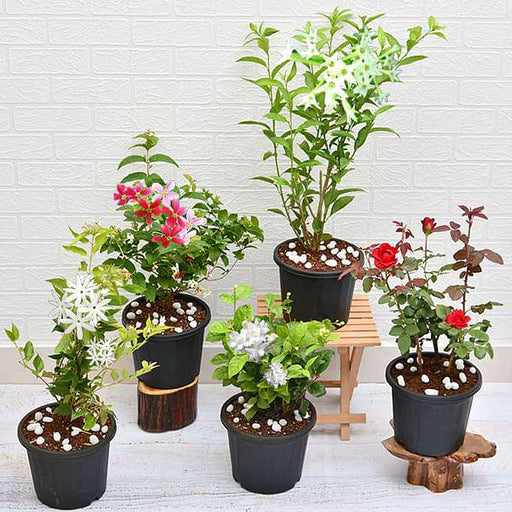 Save 12%
Save 12%
(MRP Inclusive of all taxes) Shipping ₹79 for entire order Dispatch in 7 days Country of origin: India Today's Offer Get ₹249 Air Purifier M...
View full details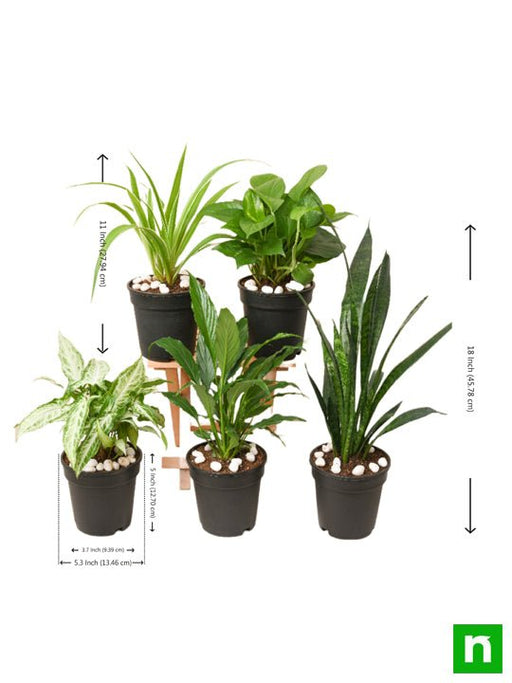
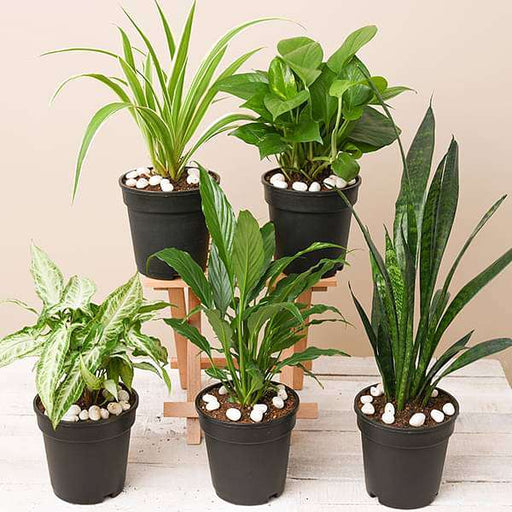 Save 21%
Save 21%
(MRP Inclusive of all taxes) Shipping ₹79 for entire order Dispatch in 7 days Country of origin: India Today's Offer Get ₹249 Air Purifier M...
View full details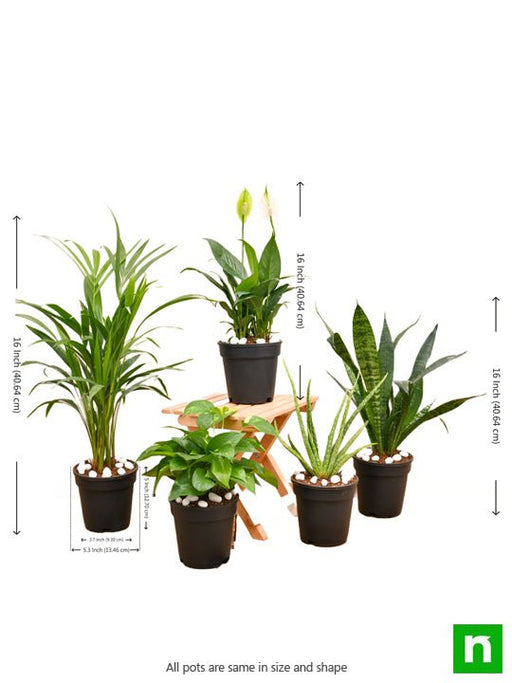
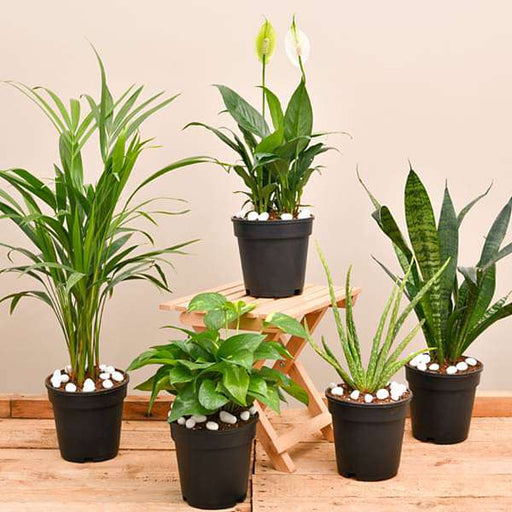 Save 20%
Save 20%
(MRP Inclusive of all taxes) Shipping ₹79 for entire order Dispatch in 7 days Country of origin: India Today's Offer Get ₹249 Air Purifier M...
View full details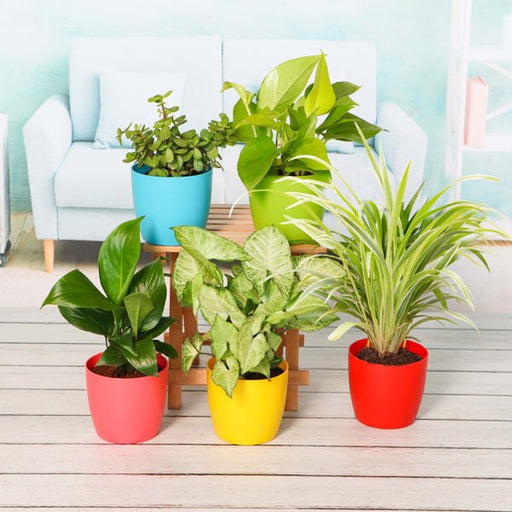 Save 16%
Save 16%
(MRP Inclusive of all taxes) Shipping ₹79 for entire order Dispatch in 7 days Country of origin: India Today's Offer Get ₹249 Air Purifier M...
View full details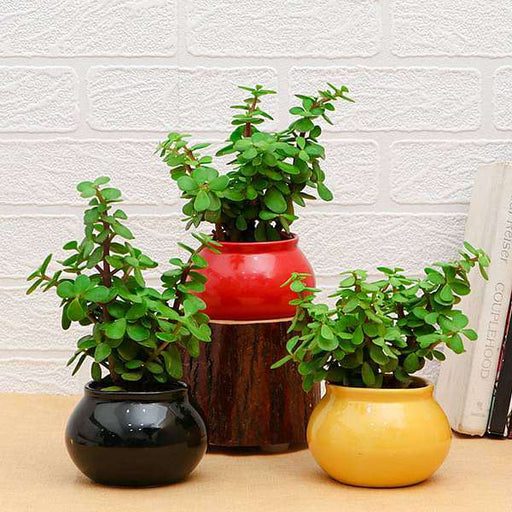 Save 22%
Save 22%
(MRP Inclusive of all taxes) Shipping ₹79 for entire order Dispatch in 7 days Country of origin: India Today's Offer Get ₹249 Air Purifier M...
View full details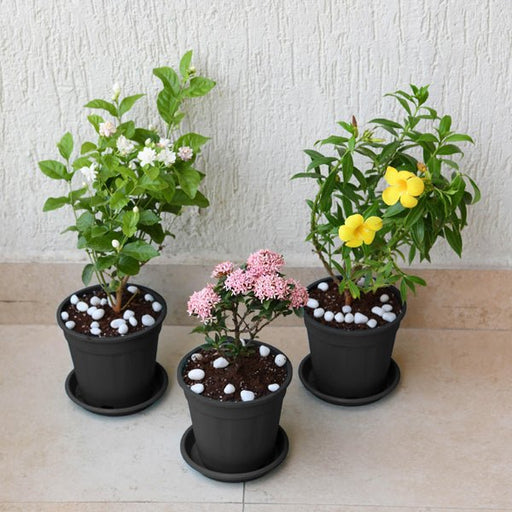 Save 17%
Save 17%
(MRP Inclusive of all taxes) Shipping ₹79 for entire order Dispatch in 7 days Country of origin: India Today's Offer Get ₹249 Air Purifier M...
View full details

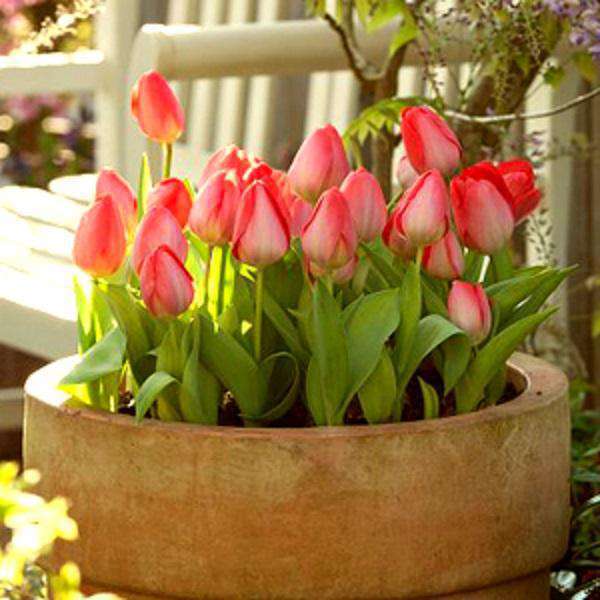

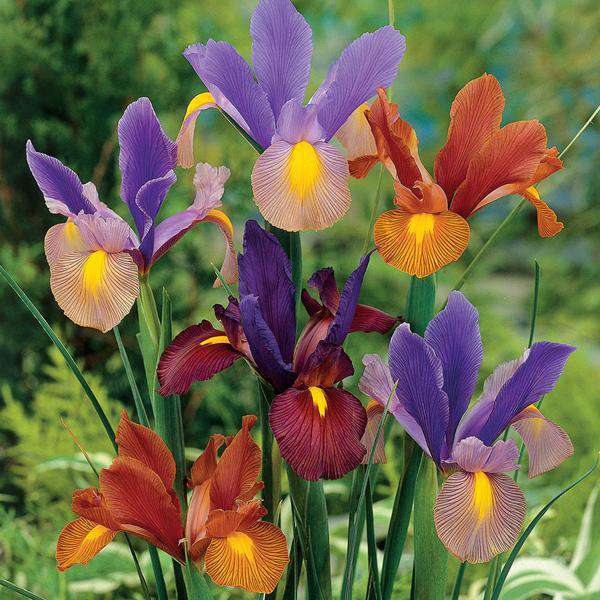
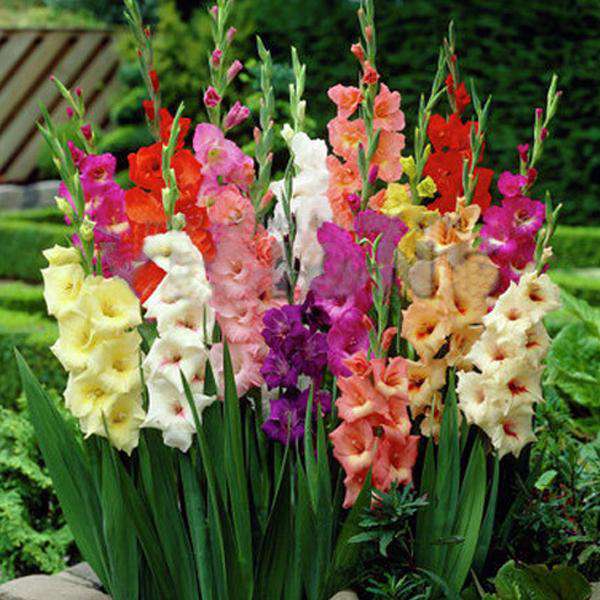
Leave a comment